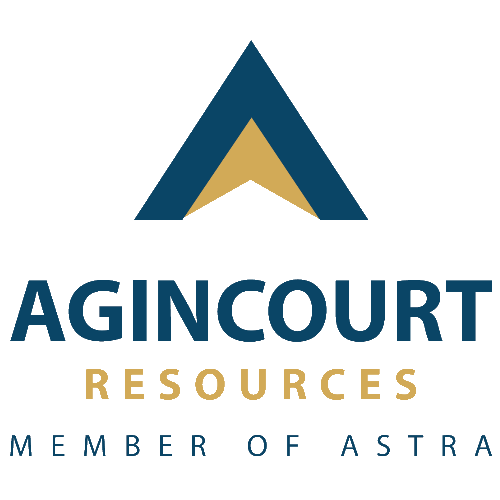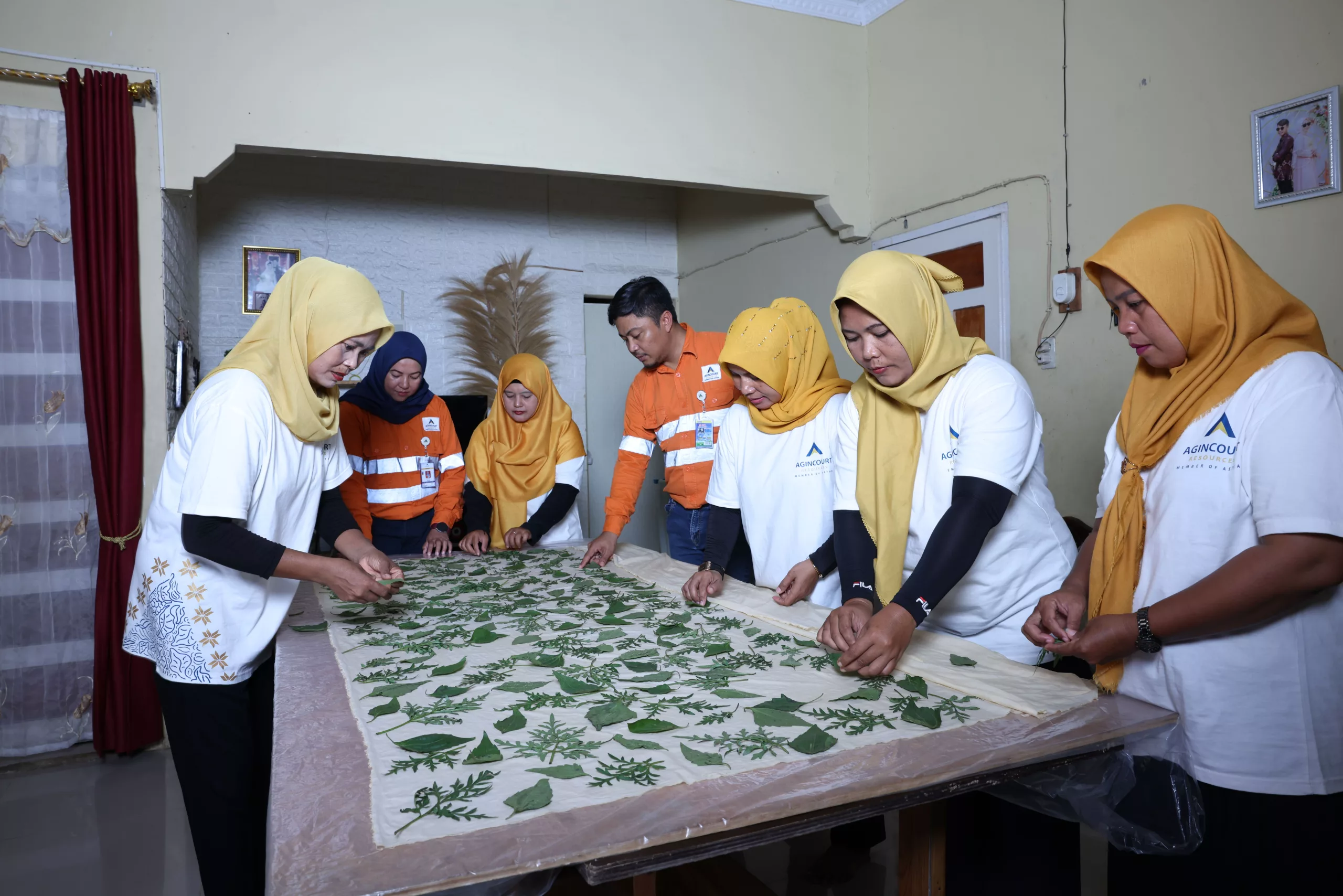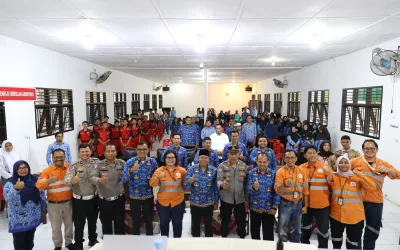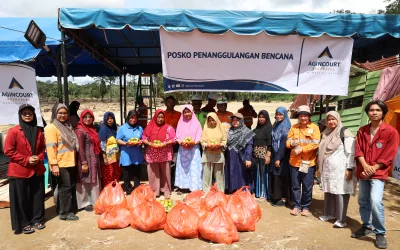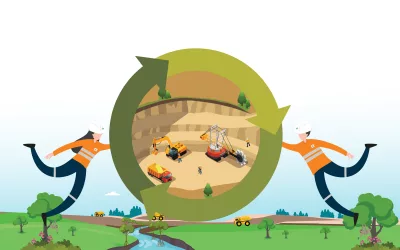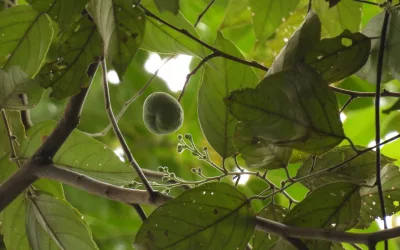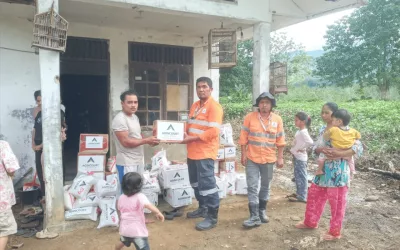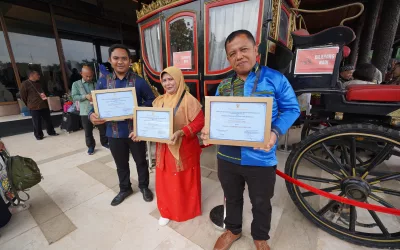Responsible mining is not merely about extracting natural resources—it is about ensuring that the benefits reach further, encompassing the environment, local communities, and future generations. This is the core principle that Agincourt Resources upholds in managing the Martabe Gold Mine.
Since the beginning of its operations, Agincourt Resources has made sustainability a foundational priority. Guided by Astra’s philosophy of Portfolio, People, and Public Contribution, we have worked collectively to establish a mining operation that directly contributes to environmental conservation and community empowerment. This commitment is implemented through concrete strategies and initiatives focused on harmonizing mining operations, environmental protection, and the improvement of local quality of life.
Nurturing Nature, Protecting Biodiversity
Operating within a tropical ecosystem demands a greater sense of responsibility. For this reason, we have launched a range of science-based conservation programs, including:
– The Biodiversity Advisory Panel (BAP): an independent panel composed of scientists and conservation experts providing guidance and oversight to ensure that mining activities align with biodiversity preservation principles.
– Designation of conservation zones surrounding the mine as areas for the observation and protection of local flora and fauna.
– In the coastal region of Central Tapanuli, environmental rehabilitation initiatives have included planting nearly 100,000 mangrove trees and releasing thousands of clam, crab, and sea turtle hatchlings. These efforts are supported by ongoing patrols and habitat monitoring.
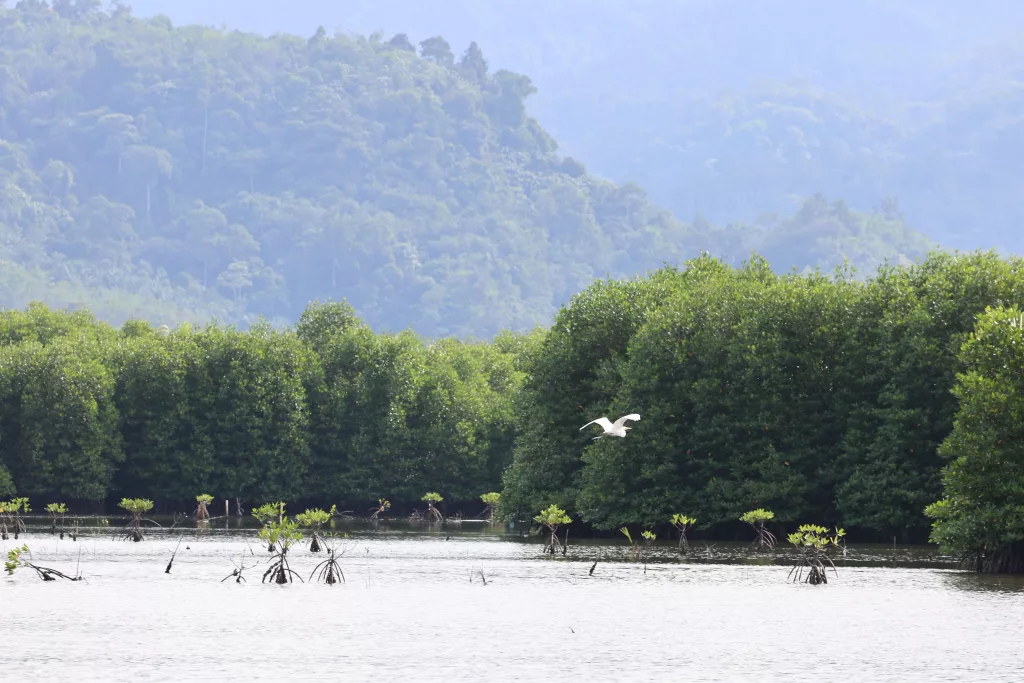
Prioritizing Communities
Agincourt Resources firmly believes that mining success is inseparable from the growth of surrounding communities. From the outset, we have established a Community Development and Empowerment (PPM) program targeting eight key pillars: health, education, real income generation, economic independence, socio-cultural development, environmental stewardship, community institutions, and infrastructure.
These programs are delivered through various educational formats—skills training, seminars, workshops, and innovation competitions—all designed with one goal: to empower communities to grow sustainably and independently.
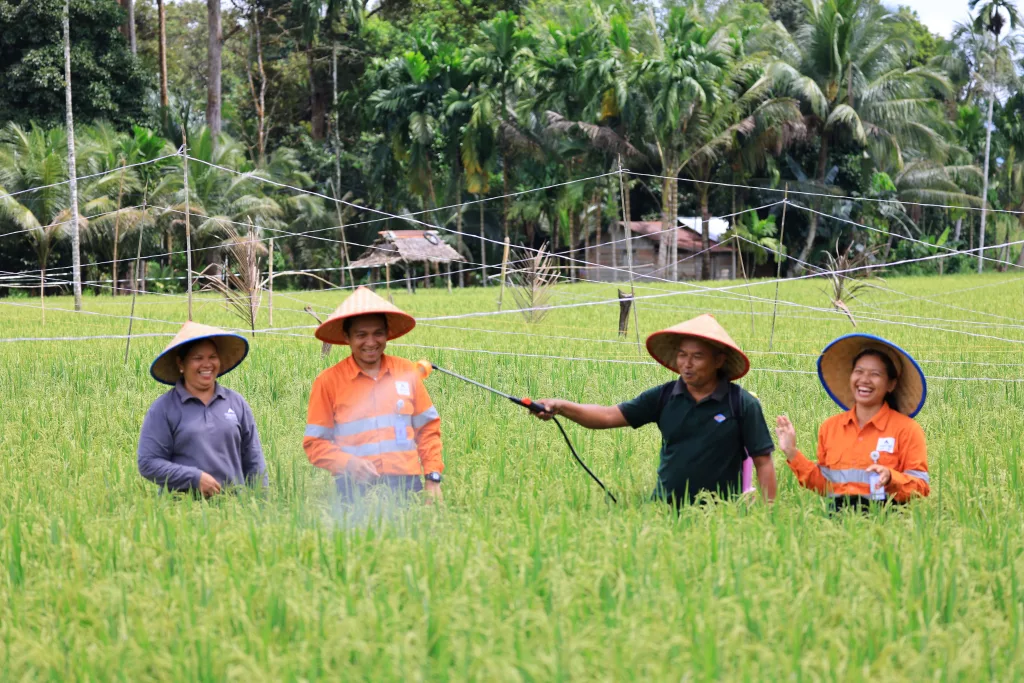
Collaboration Is Key
These efforts are not carried out in isolation. We actively foster strategic partnerships with a range of stakeholders: schools and universities, local governments, and environmental NGOs such as Scorpion Foundation, Barumun Sanctuary, and the Yayasan Ekosistem Lestari (YEL). These collaborations strengthen every step we take toward sustainability.
All these initiatives reflect Agincourt Resources’ consistent dedication to building a mining operation that is not only productive but also ethical and responsible.
As a form of recognition for these practices, in 2024 the company received the Tamasya Award from the Directorate General of Mineral and Coal of the Ministry of Energy and Mineral Resources (ESDM), along with seven Indonesian Sustainable Development Awards (ISDA) from CFCD. Yet beyond the accolades, our true fulfillment lies in the positive and lasting impact felt by the communities and ecosystems surrounding the mine.
